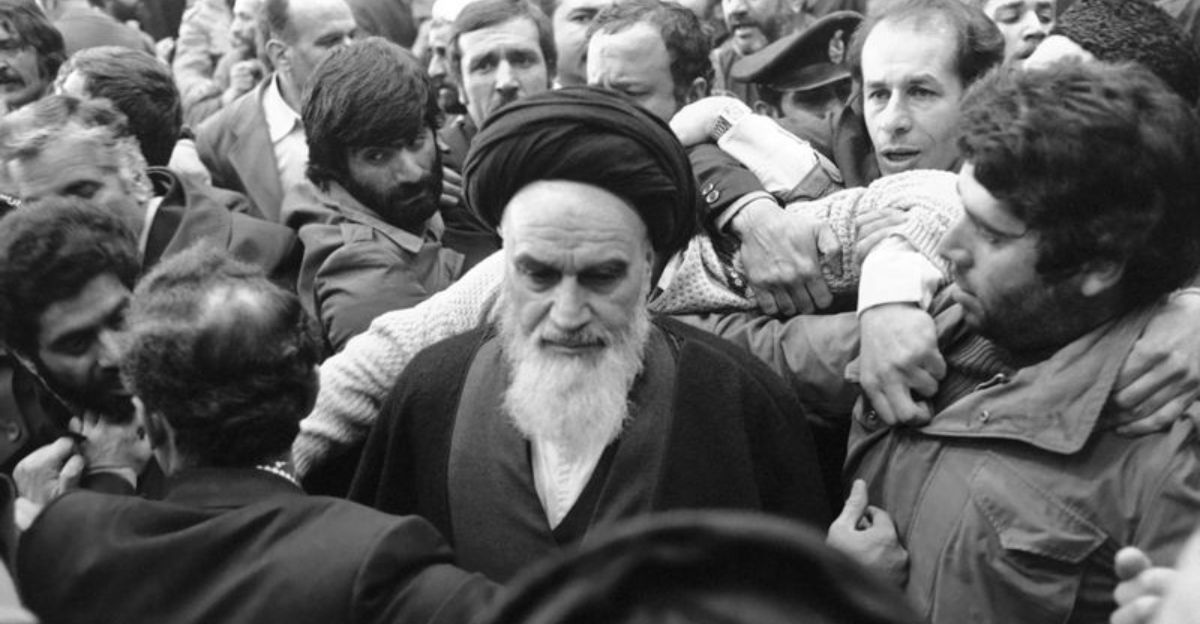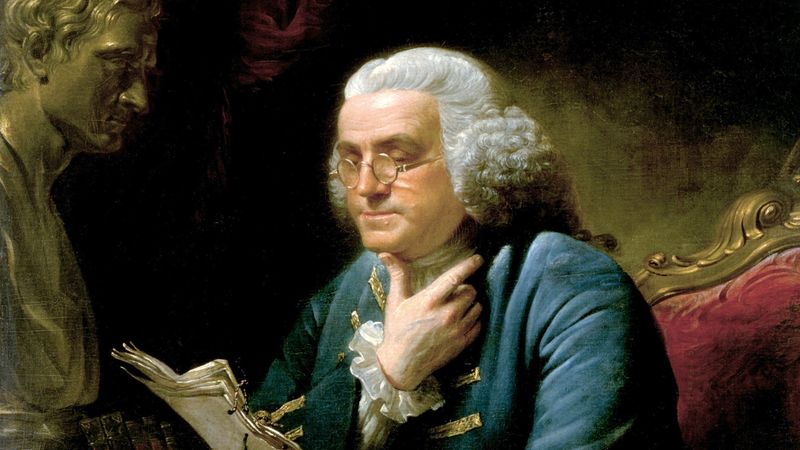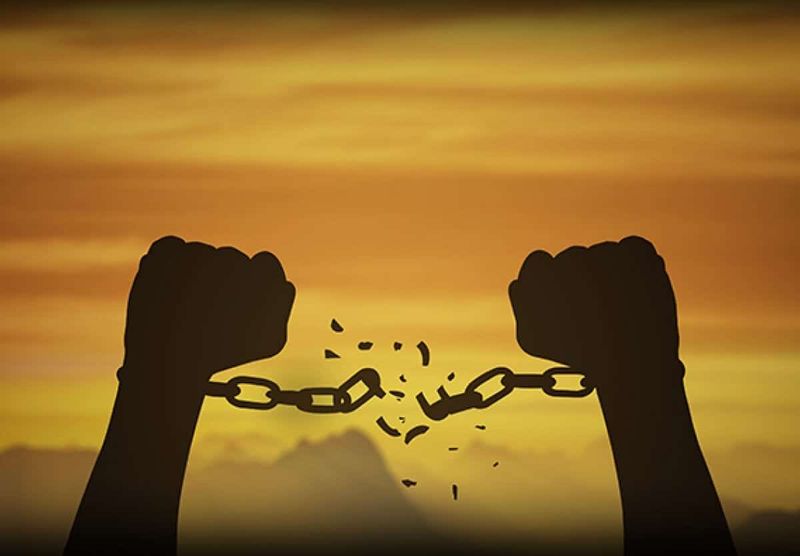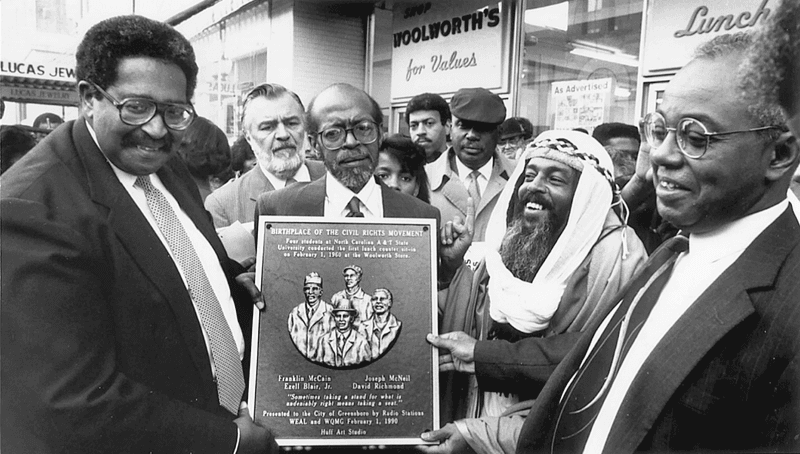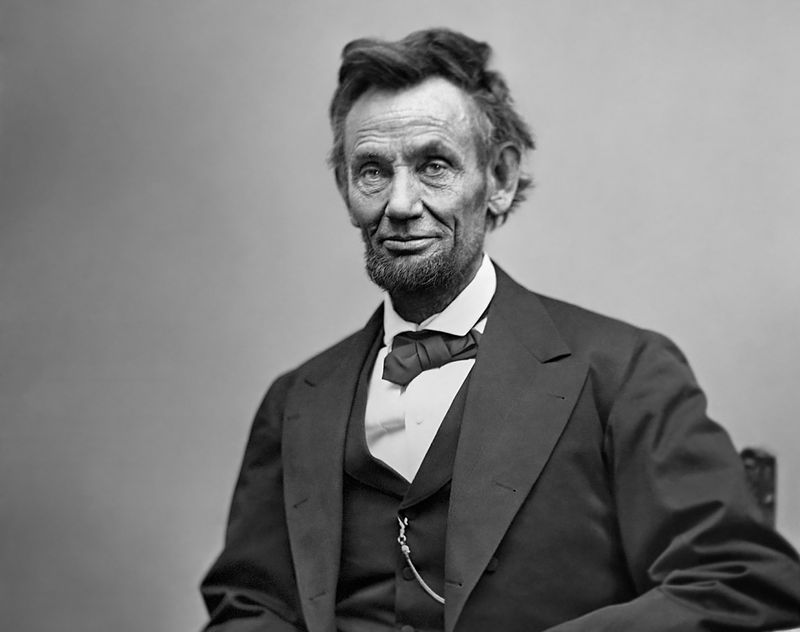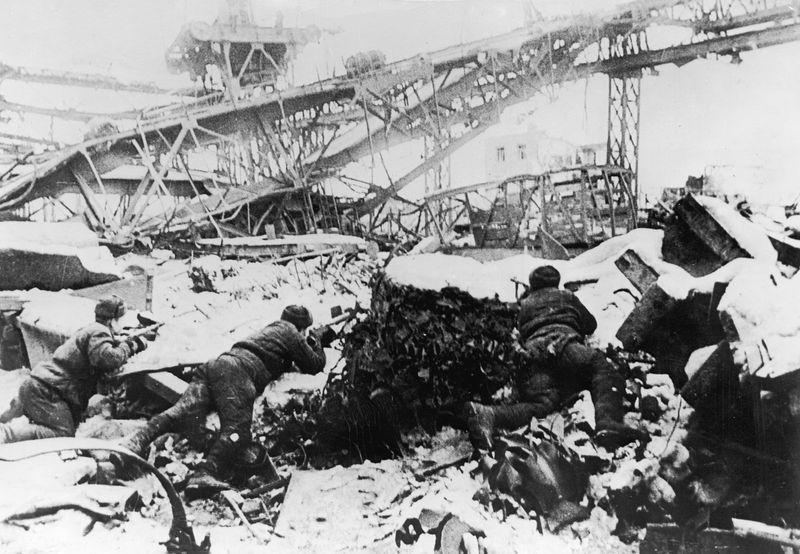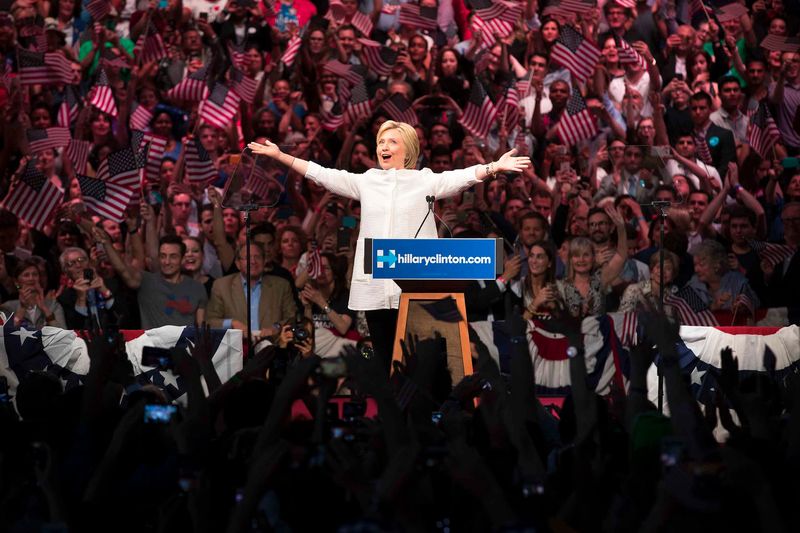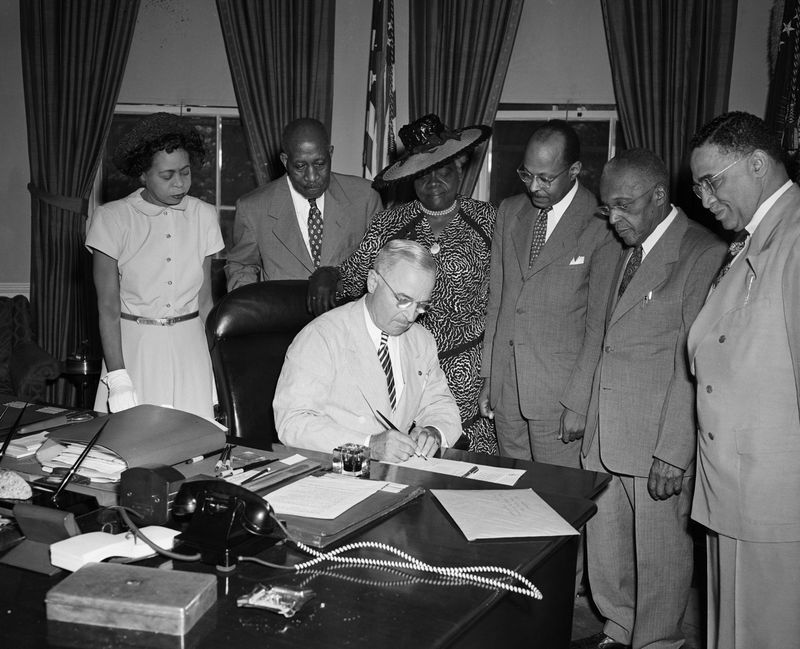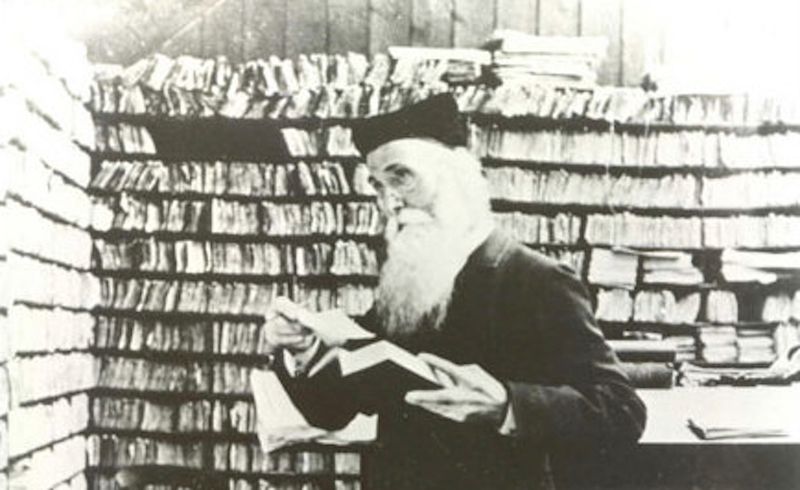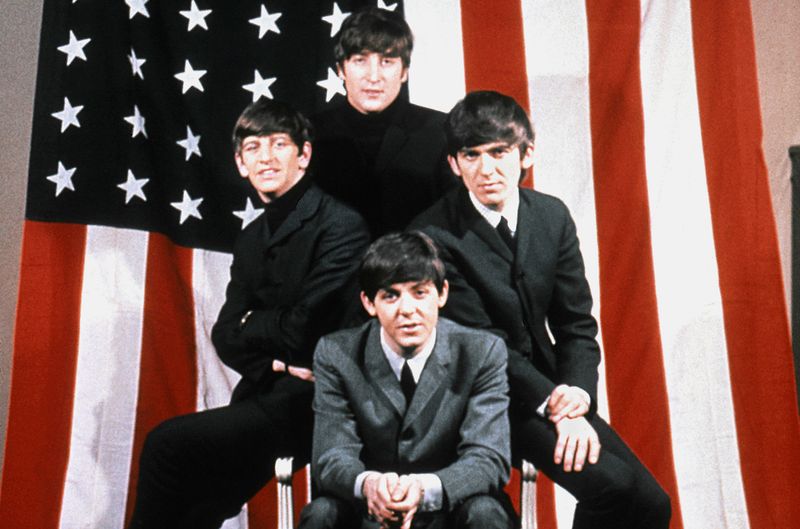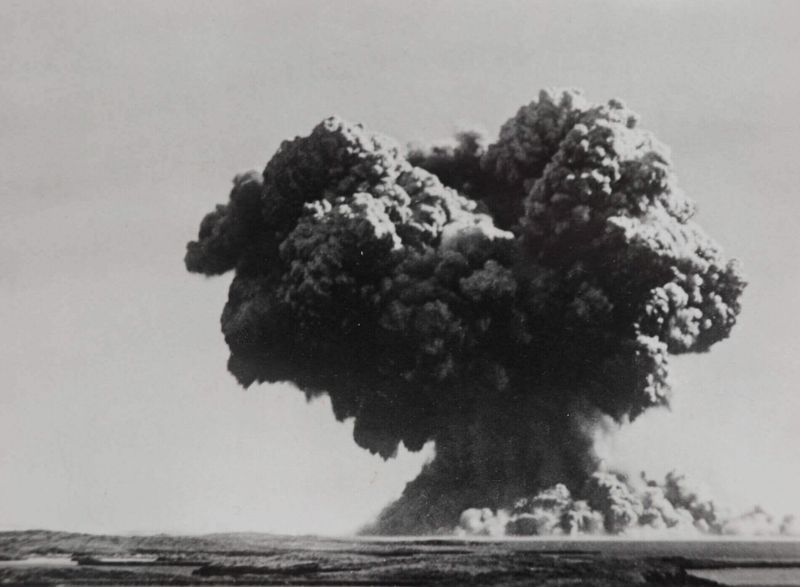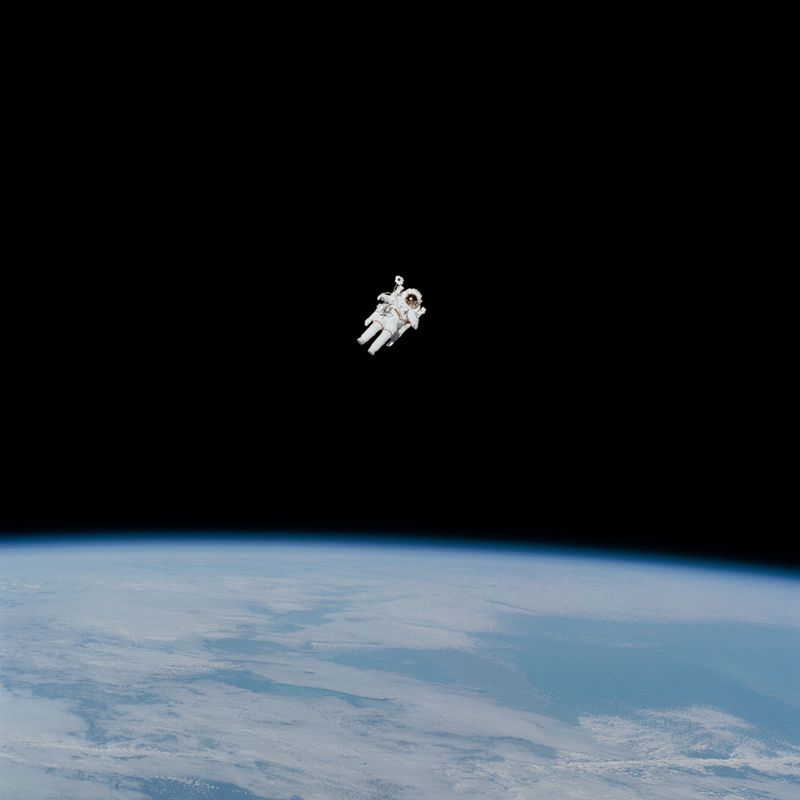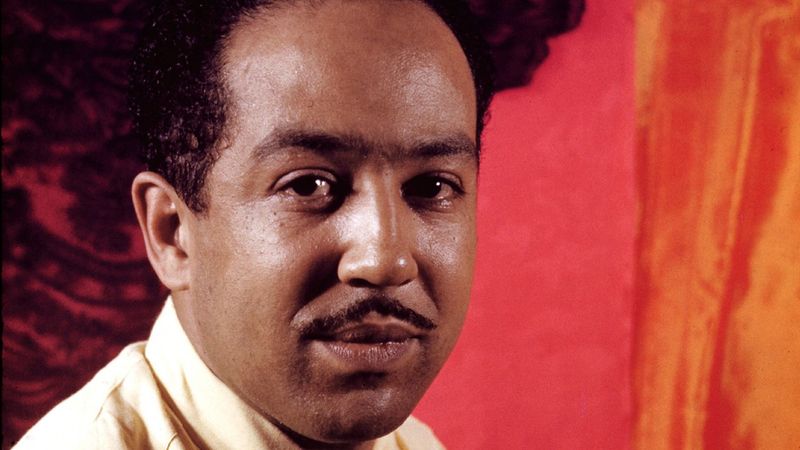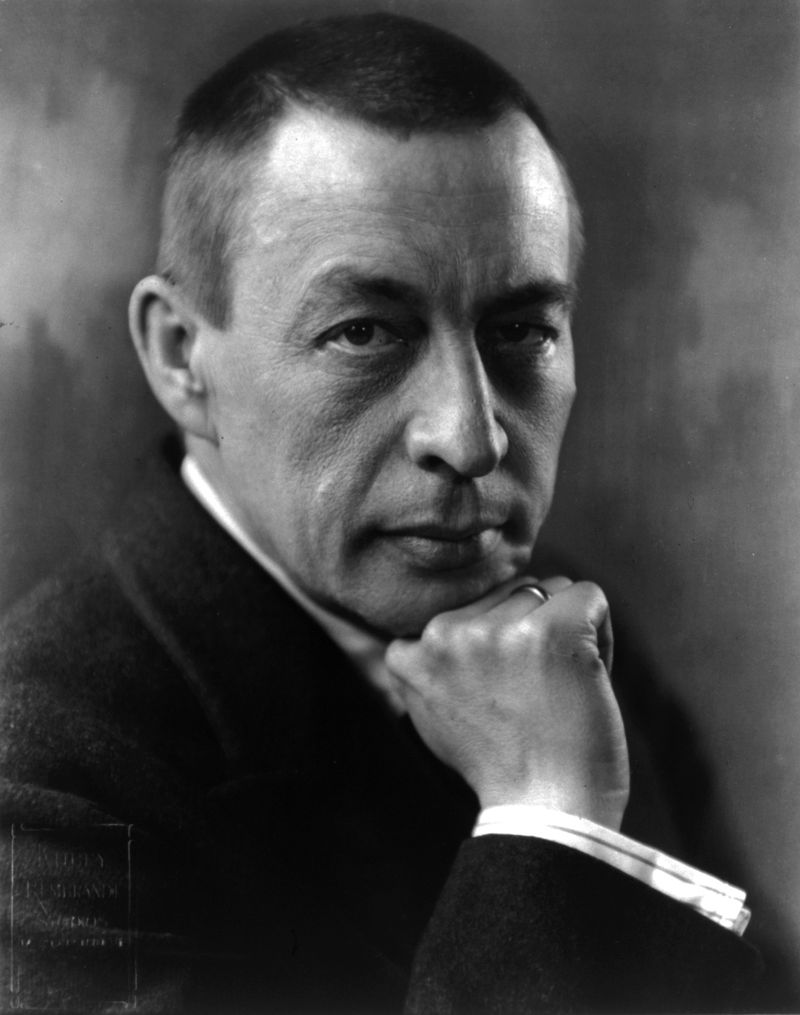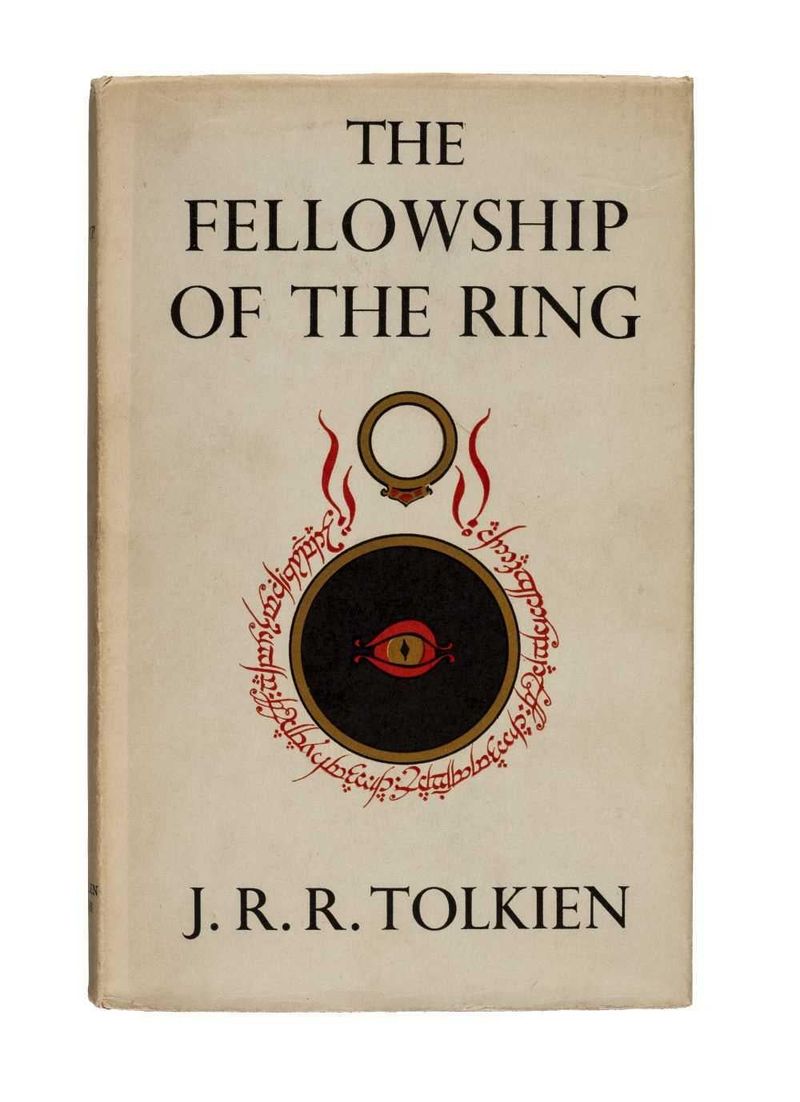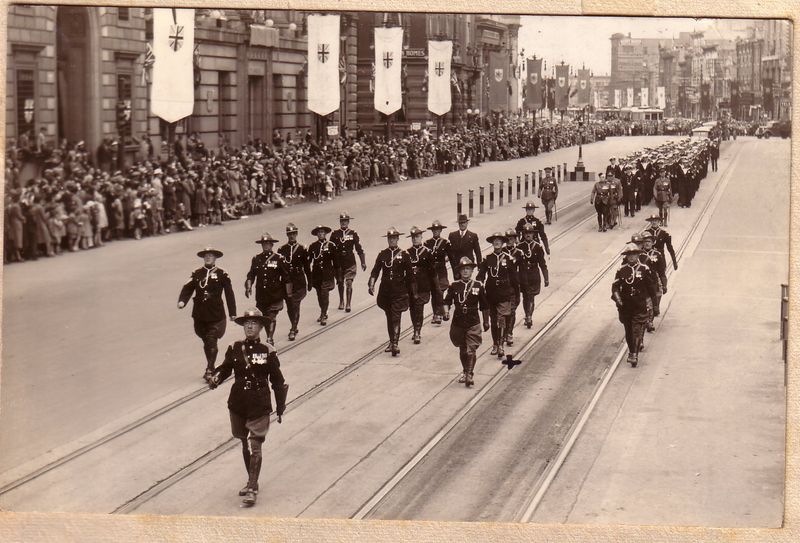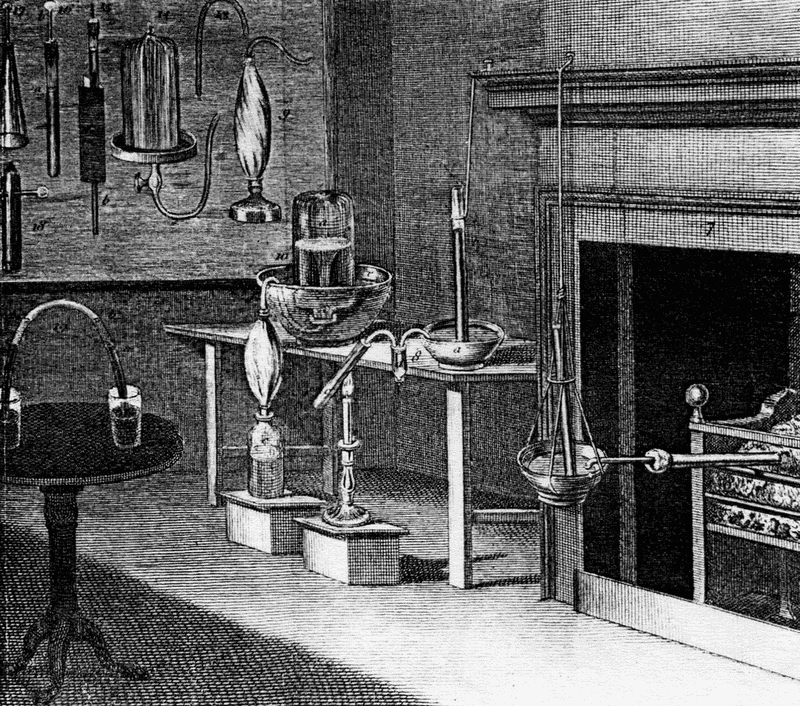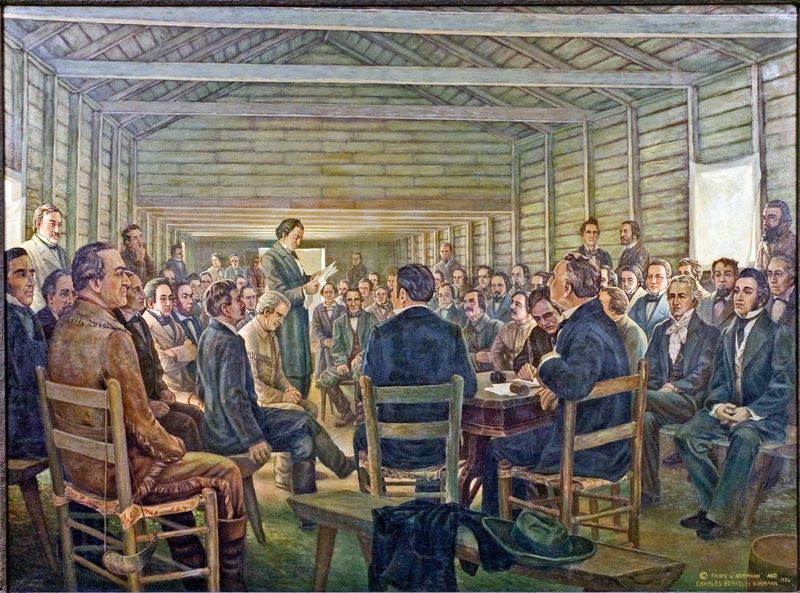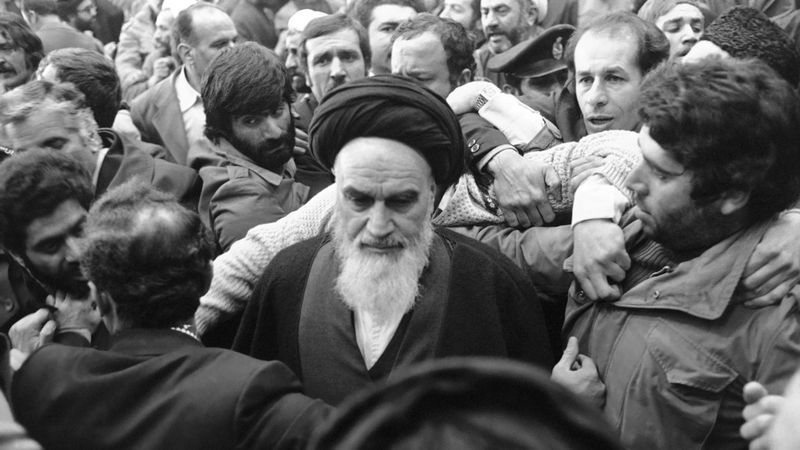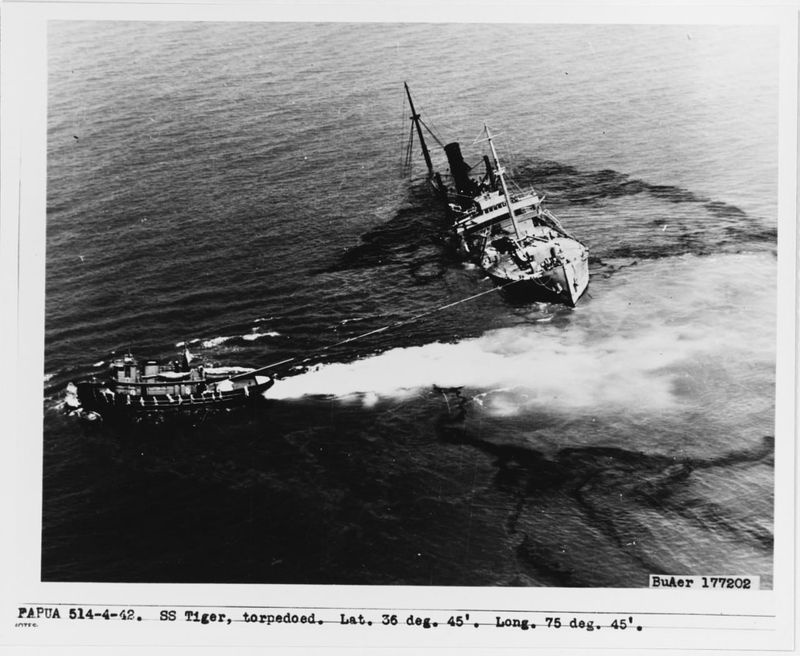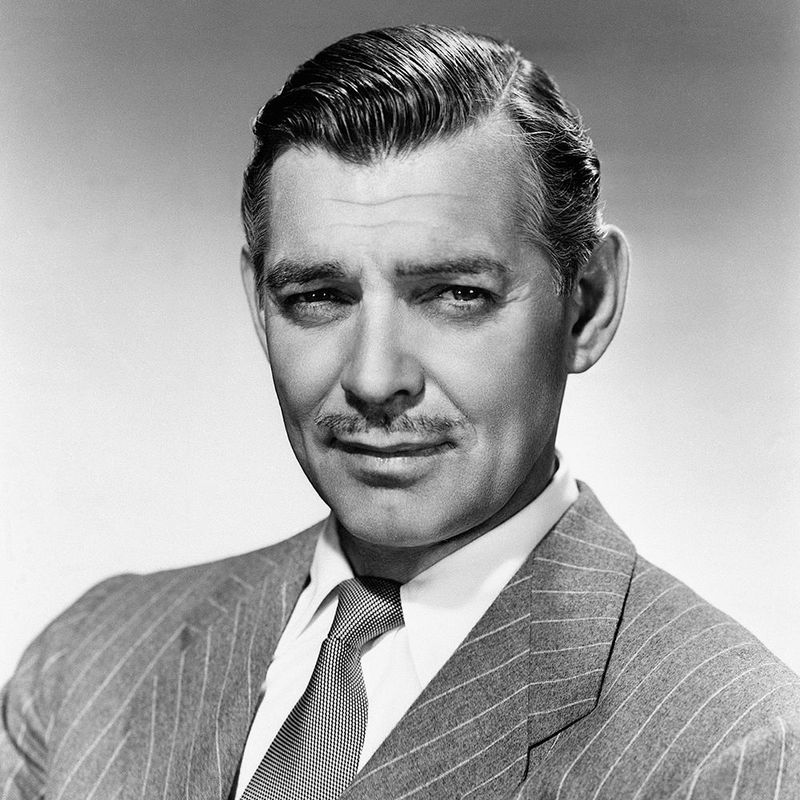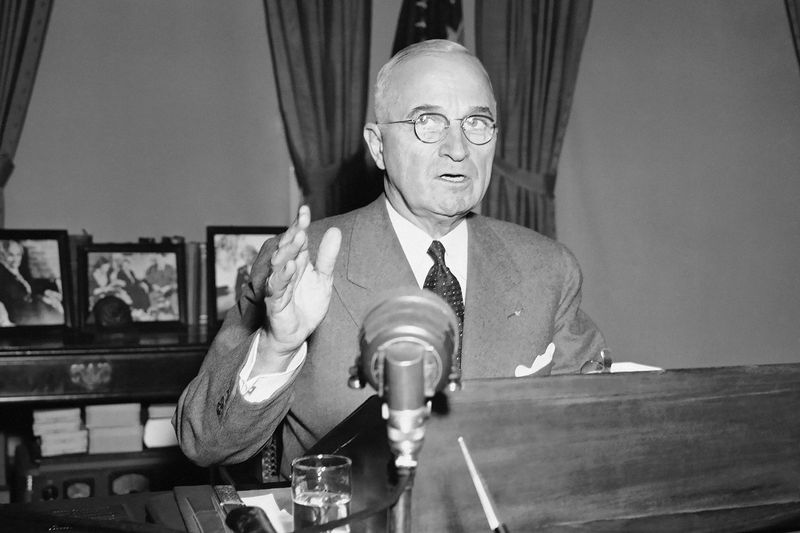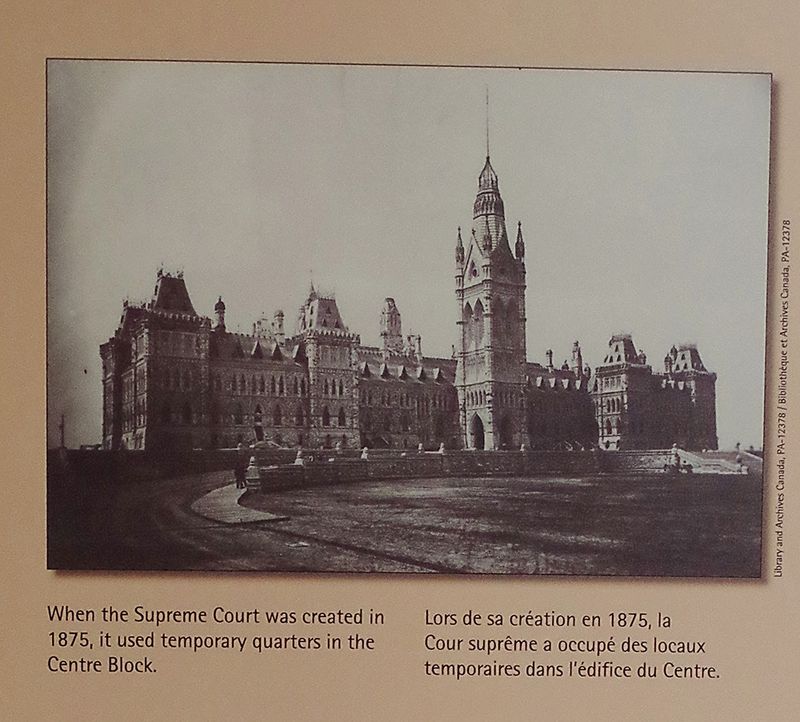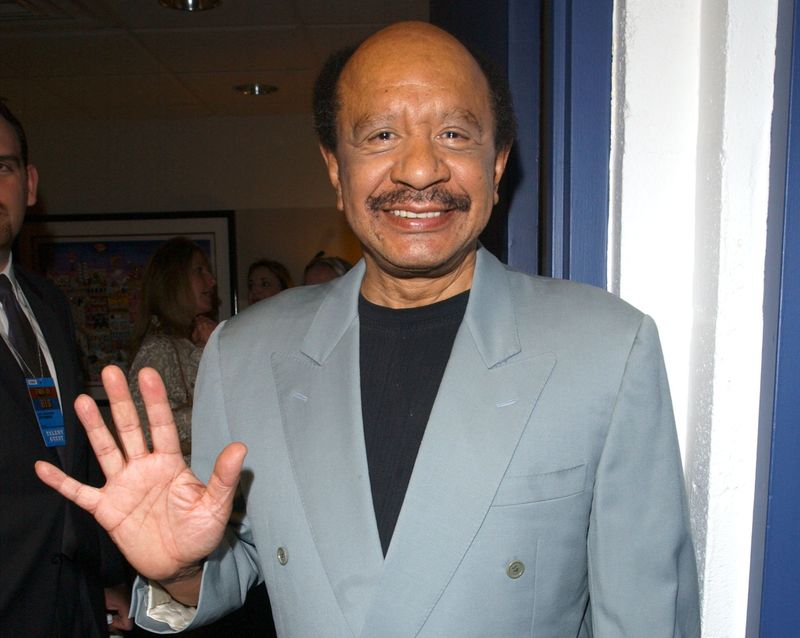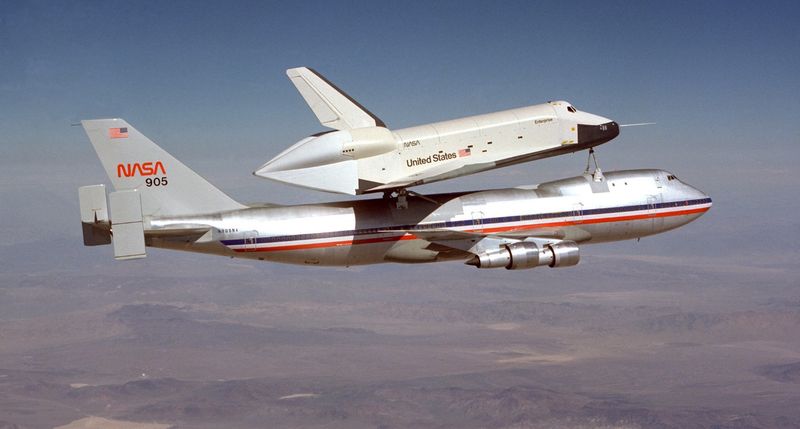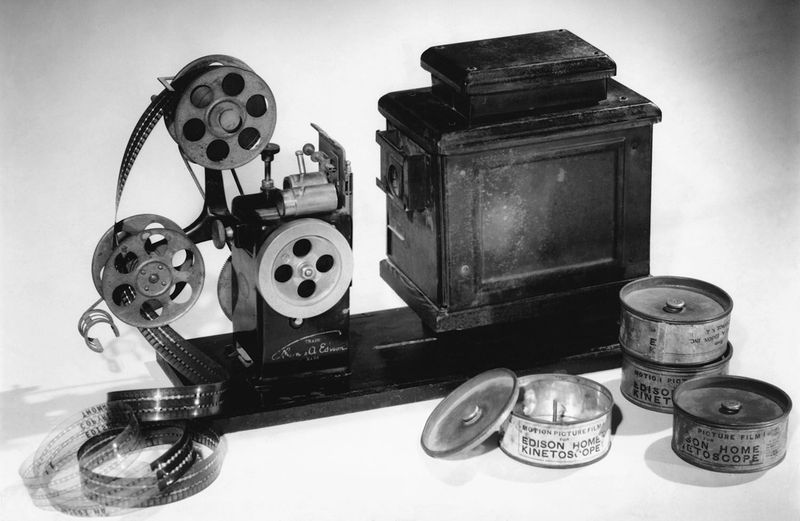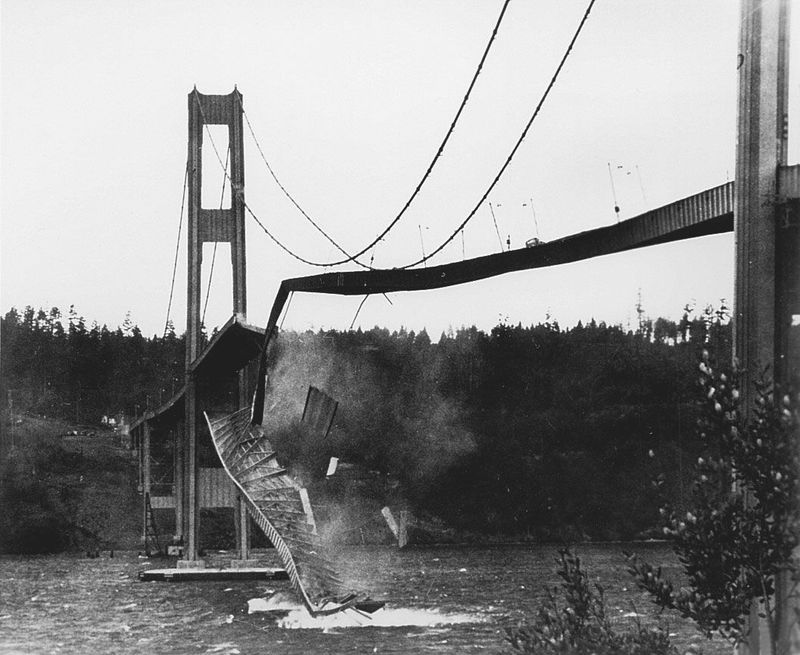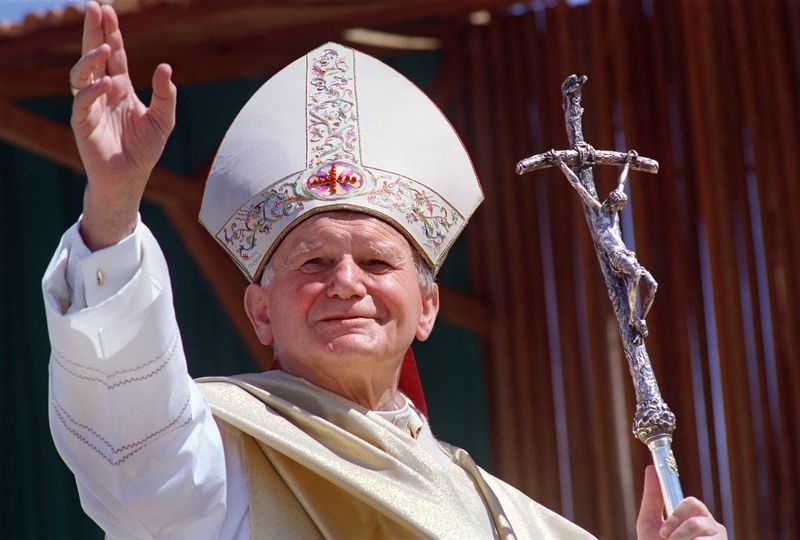February 1st has been a day of significant historical events that have shaped the world. From groundbreaking discoveries to pivotal political movements, each event on this list has left a lasting impact, resonating through time and continuing to influence the present.
This compilation of 35 historic events is an engaging exploration into moments that have defined cultures, shifted power dynamics, and inspired generations. Join us as we journey through these notable occurrences, each a testament to human endeavor and resilience.
1. The First Session of the U.S. Supreme Court (1790)
The U.S. Supreme Court held its inaugural session on February 1, 1790, marking a foundational moment in American judicial history. Although the court met for the first time in New York City, it initially had no cases to consider.
This gathering established the Supreme Court as a pivotal institution in the federal government. With Chief Justice John Jay at the helm, the court’s role was outlined in the Judiciary Act of 1789.
These early sessions laid the groundwork for the court’s future function as a guardian of the Constitution, influencing countless legal precedents and American society.
2. The Abolition of Slavery in Mauritius (1835)
On February 1, 1835, slavery was officially abolished in Mauritius, a significant milestone in the island’s history. This event was a part of the broader movement across the British Empire to end slavery and promote human rights.
The abolition led to the emancipation of approximately 66,000 slaves, profoundly transforming the social and economic landscape of Mauritius.
This pivotal moment in history served as a beacon of freedom and hope, inspiring similar movements worldwide. It underscored the universal quest for equality and the relentless pursuit of justice for all individuals.
3. The Greensboro Sit-Ins Begin (1960)
On February 1, 1960, four brave African American students initiated the Greensboro sit-ins, a pivotal event in the Civil Rights Movement. By sitting at a segregated Woolworth’s lunch counter in North Carolina, they challenged racial injustices head-on.
Their peaceful protest sparked widespread sit-ins across the South, drawing national attention to the Civil Rights struggle. This movement ultimately led to desegregation in public spaces.
The courage of these young men demonstrated the powerful impact of nonviolent protest. Their actions inspired a generation and significantly advanced the fight for racial equality in the United States.
4. President Lincoln Signs the 13th Amendment (1865)
On February 1, 1865, President Abraham Lincoln signed the 13th Amendment, abolishing slavery in the United States. This landmark decision was crucial in reshaping the nation during the tumultuous Civil War era.
The amendment declared that neither slavery nor involuntary servitude would exist within the U.S., except as a punishment for crime. Lincoln’s leadership was instrumental in passing this transformative legislation.
Signing the 13th Amendment marked a significant step toward equality and justice, laying the foundation for future civil rights advancements. It remains a cornerstone in the nation’s ongoing journey toward human rights.
5. The German Army Attacks in the Battle of Stalingrad (1943)
On February 1, 1943, the German Army launched a major offensive in the Battle of Stalingrad, a turning point in World War II. This battle was one of the deadliest in history, with significant losses on both sides.
The fierce combat took place in the harsh Russian winter, adding to the soldiers’ challenges. The Soviet Union’s eventual victory marked a significant shift in the war’s momentum.
Stalingrad was a testament to human endurance and resilience. The battle’s outcome bolstered Allied forces’ morale, playing a critical role in shaping the war’s final outcome and future geopolitics.
6. Hillary Clinton Becomes the First Woman to Win a Major Party Primary (2008)
On February 1, 2008, Hillary Clinton made history by becoming the first woman to win a major U.S. political party primary. Her victory in the New Hampshire primary marked a significant milestone for women in politics.
Clinton’s campaign focused on healthcare reform, economic opportunity, and women’s rights, resonating with diverse demographics. Her achievement highlighted the growing inclusivity and representation in American politics.
This historic event signaled a shift toward greater gender equality in political spheres. Clinton’s success inspired countless women to pursue leadership roles, fostering a more inclusive political landscape in the U.S.
7. The Founding of the National Freedom Day in the U.S. (1942)
On February 1, 1942, National Freedom Day was established in the U.S., commemorating the signing of the 13th Amendment. This day celebrates freedom and honors the efforts of Richard R. Wright Sr., who advocated for its recognition.
The observance symbolizes the nation’s commitment to liberty and justice, reflecting on the struggles and triumphs throughout history. It serves as a reminder of the ongoing journey towards equality.
National Freedom Day encourages reflection on past achievements and inspires future generations. It fosters unity and understanding, promoting continued progress in civil rights and personal freedoms.
8. The First British Publication of the Oxford English Dictionary (1884)
On February 1, 1884, the first portion of the Oxford English Dictionary was published in the United Kingdom, revolutionizing the English language reference.
This extensive project aimed to comprehensively document the English language, with scholars compiling words and definitions over decades. The initial publication covered the alphabet from ‘A’ to ‘Ant’.
The OED became an authoritative source for linguists, educators, and writers, enriching language study and preservation. Its comprehensive approach set a new standard for lexicography, influencing future dictionaries and language research worldwide.
9. The Beatles’ First U.S. #1 Hit, “I Want to Hold Your Hand” (1964)
On February 1, 1964, The Beatles achieved their first U.S. #1 hit with “I Want to Hold Your Hand.” This milestone marked the beginning of the British Invasion and the global Beatlemania phenomenon.
The song’s success in America skyrocketed the band’s fame, leading to unprecedented popularity and influence in music and culture. Their distinctive sound and style captivated audiences worldwide.
This hit was more than just a chart-topper; it symbolized a cultural shift, bridging gaps between generations and geographies. The Beatles’ legacy endures, continuing to inspire musicians and fans globally.
10. The United Kingdom Tests Its First Hydrogen Bomb (1957)
On February 1, 1957, the United Kingdom successfully tested its first hydrogen bomb, marking a significant advancement in its nuclear capabilities. This test was part of Operation Grapple, conducted in the Pacific Ocean.
The development of the hydrogen bomb demonstrated the UK’s commitment to maintaining its status as a global nuclear power. It also contributed to the arms race during the Cold War era.
The test underscored the complex geopolitical dynamics of the time. It raised questions about nuclear proliferation and the balance of power, influencing international relations and defense policies.
11. The Death of Mary Shelley, Author of Frankenstein (1851)
On February 1, 1851, Mary Shelley, the pioneering author of “Frankenstein,” passed away at the age of 53. Her groundbreaking novel is often credited as one of the first science fiction works.
Shelley’s life was marked by personal triumphs and tragedies, influencing her writing and philosophical outlook. Her contributions to literature extended beyond “Frankenstein,” with numerous novels and essays.
Her legacy continues to resonate, inspiring adaptations and discussions on ethics, science, and human nature. Mary Shelley’s imaginative storytelling and exploration of existential themes have left an indelible mark on literature.
12. NASA Astronauts Conduct the First Tethered Spacewalk (1984)
On February 1, 1984, NASA astronauts conducted the first ever tethered spacewalk, a milestone in space exploration. This mission, part of the STS-41-B flight, was crucial in testing new technologies for spacewalks.
Astronaut Bruce McCandless II famously ventured into space using the Manned Maneuvering Unit, showcasing unprecedented mobility and autonomy. This successful spacewalk demonstrated the potential for future extravehicular activities.
The mission set a precedent for subsequent spacewalks and played a vital role in advancing human space exploration. It underscored the importance of innovation in enhancing astronaut capabilities beyond the spacecraft.
13. The Birth of Langston Hughes, a Leader of the Harlem Renaissance (1902)
On February 1, 1902, Langston Hughes, a central figure of the Harlem Renaissance, was born. His literary work celebrated African American culture and addressed social injustices, contributing to the cultural revival of the 1920s.
Hughes’ poetry, novels, and plays highlighted themes of identity, race, and resilience, resonating with audiences worldwide. His distinct voice and style influenced generations of writers and artists.
Langston Hughes’ legacy endures, inspiring a deeper appreciation of African American history and culture. His contributions continue to promote dialogue on racial equality and cultural expression, impacting literature and society.
14. The Death of Russian Composer Sergei Rachmaninoff (1943)
On February 1, 1943, Sergei Rachmaninoff, the renowned Russian composer and pianist, passed away at the age of 69. His compositions are celebrated for their emotional depth and technical brilliance.
Rachmaninoff’s works, including symphonies, concertos, and piano pieces, remain staples in classical music repertoires worldwide. His music resonated with audiences, reflecting the complexities of human emotions.
His legacy endures through his timeless compositions and influence on musicians. Rachmaninoff’s contributions to music continue to inspire and captivate audiences, cementing his place as a towering figure in classical music history.
15. The First Volume of The Lord of the Rings Published in the U.S. (1954)
On February 1, 1954, the first volume of J.R.R. Tolkien’s epic fantasy series, “The Lord of the Rings,” was published in the United States. This landmark publication introduced American readers to the richly imagined world of Middle-earth.
Tolkien’s work captivated audiences with its intricate storytelling, expansive lore, and memorable characters. The saga’s themes of friendship, heroism, and the struggle between good and evil resonated deeply with readers.
The publication played a significant role in popularizing fantasy literature. “The Lord of the Rings” remains a cultural phenomenon, inspiring adaptations and becoming a cornerstone of the genre.
16. The First Meeting of the Royal Canadian Mounted Police (1920)
On February 1, 1920, the Royal Canadian Mounted Police (RCMP) held its first meeting, marking a pivotal moment in Canadian law enforcement history. The RCMP was formed by merging the Royal North-West Mounted Police with the Dominion Police.
This consolidation aimed to enhance national security and law enforcement across Canada, with the RCMP becoming a symbol of Canadian authority and diligence.
The RCMP played a crucial role in maintaining law and order throughout Canada’s vast territories. Their iconic image and commitment to justice have made them a respected institution, contributing to national identity and public safety.
17. The Discovery of the Hydrogen Element by Henry Cavendish (1766)
On February 1, 1766, Henry Cavendish announced the discovery of hydrogen, changing the course of scientific history. His meticulous experiments identified hydrogen as a distinct element, known initially as “flammable air.”
Cavendish’s work laid the foundation for modern chemistry and enhanced the understanding of gases. His discovery influenced subsequent research in chemistry and physics, contributing to the development of atomic theory.
The identification of hydrogen underscored the importance of scientific inquiry and experimentation. Cavendish’s contributions remain vital to the scientific community, showcasing the enduring impact of discovery and innovation.
18. Texas Declares Independence from Mexico (1836)
On February 1, 1836, Texas leaders convened to declare independence from Mexico, a defining moment in the Texas Revolution. This declaration was a response to Mexican governance and the desire for autonomy.
The move led to the establishment of the Republic of Texas, which existed until its annexation by the United States in 1845. The declaration emphasized self-governance and individual rights.
This pivotal event contributed to the complex history of U.S.-Mexico relations. It highlighted the struggles for independence and sovereignty, influencing geopolitical dynamics in North America and shaping Texas’s unique identity.
19. Ayatollah Khomeini Returns to Iran After 14 Years in Exile (1979)
On February 1, 1979, Ayatollah Khomeini returned to Iran after 14 years in exile, a momentous event that heralded the Iranian Revolution. His return marked the end of the Pahlavi monarchy and the beginning of the Islamic Republic.
Khomeini’s leadership and vision galvanized supporters, leading to significant political and social changes in Iran. His return was met with both jubilation and apprehension.
This event underscored the power of ideological movements and the impact of leadership on national transformation. Khomeini’s return continues to influence Middle Eastern geopolitics and religious dynamics.
20. The Creation of the World Health Organization’s Disease Classification (1948)
On February 1, 1948, the World Health Organization (WHO) created its first comprehensive disease classification system, known as the International Classification of Diseases (ICD). This system was pivotal in standardizing diagnoses and improving global health.
The ICD provided a unified framework for tracking diseases, enabling better data collection and healthcare planning worldwide. It facilitated international collaboration in healthcare and research.
The establishment of the ICD was a milestone in public health. Its continued evolution underscores the importance of accurate health information in addressing global health challenges and advancing medical knowledge.
21. President Franklin D. Roosevelt Orders the U.S. Navy to Sink German U-Boats (1942)
On February 1, 1942, President Franklin D. Roosevelt authorized the U.S. Navy to actively engage and sink German U-boats, a strategic decision during World War II. This order was part of the broader effort to protect Allied shipping routes.
The aggressive stance against U-boats marked a shift in U.S. naval policy. The focus on anti-submarine warfare was critical in safeguarding transatlantic supply lines.
Roosevelt’s directive underscored the importance of maritime security in wartime strategy. This decision contributed to the eventual success of the Allied forces, highlighting the role of naval power in the war effort.
22. The Birth of Clark Gable, Hollywood’s Leading Man (1901)
On February 1, 1901, Clark Gable, one of Hollywood’s most iconic actors, was born. Known as the “King of Hollywood,” Gable starred in numerous classic films, including “Gone with the Wind.”
His charismatic screen presence and versatile acting skills won him critical acclaim and widespread popularity. Gable’s performances left a lasting impact on the film industry.
Clark Gable’s legacy continues to inspire actors and filmmakers, embodying the golden age of Hollywood. His contributions to cinema remain celebrated, highlighting the enduring allure of classic film and iconic personalities.
23. The First TV Broadcast of a U.S. Presidential Address (1947)
On February 1, 1947, President Harry S. Truman delivered the first televised U.S. presidential address, marking a new era in communications. This broadcast represented a shift in how presidents connected with the public.
Television brought the president’s message directly into American homes, enhancing transparency and engagement. Truman’s address set a precedent for future presidents to utilize this powerful medium.
The event underscored the role of technology in shaping political discourse. Television continues to influence presidential communications, providing a platform for leaders to address national issues and engage with citizens.
24. The Supreme Court of Canada Is Established (1875)
On February 1, 1875, the Supreme Court of Canada was established, marking a significant development in the Canadian legal system. This institution became the highest court in the country, overseeing federal and provincial legal matters.
The court’s creation was pivotal in unifying Canada’s judicial framework, ensuring consistency and fairness in legal proceedings. It provided a central authority for interpreting laws and resolving disputes.
The Supreme Court of Canada continues to play a crucial role in upholding justice and protecting citizens’ rights. Its decisions have shaped Canadian law and society, reflecting the nation’s evolving values.
25. The Birth of Sherman Hemsley, Star of The Jeffersons (1938)
On February 1, 1938, Sherman Hemsley, the beloved actor known for his role on “The Jeffersons,” was born. His portrayal of George Jefferson showcased his comedic genius and charismatic presence.
Hemsley’s performance in “The Jeffersons” broke new ground, addressing social issues with humor and grace. He became a cultural icon, influencing television and comedy.
Sherman Hemsley’s legacy endures through his memorable roles and impact on entertainment. His contributions continue to inspire actors and audiences, highlighting the power of comedy in addressing important societal themes.
26. NASA Announces the Space Shuttle Program (1972)
On February 1, 1972, NASA announced the Space Shuttle Program, a transformative initiative in space exploration. This program aimed to develop reusable spacecraft, enhancing access to space.
The Space Shuttle Program facilitated numerous scientific missions, satellite deployments, and International Space Station construction. It represented a commitment to innovation and exploration.
The program’s impact extended beyond technology, inspiring a new generation of scientists and engineers.
The Space Shuttle era highlighted international collaboration in space, setting the stage for future endeavors and advancing human understanding of the universe.
27. The First Testing of a Motion Picture Camera by Thomas Edison (1893)
On February 1, 1893, Thomas Edison conducted the first tests of a motion picture camera, revolutionizing the entertainment industry. This invention paved the way for modern cinema and visual storytelling.
Edison’s kinetoscope captured moving images, providing the foundation for film technology. It sparked the development of motion pictures, transforming how stories were told and experienced.
The invention of the motion picture camera marked a significant leap in entertainment. It highlighted the power of innovation in shaping cultural expression, influencing generations of filmmakers, and redefining the art of storytelling.
28. The Collapse of the Tacoma Narrows Bridge Is Studied for Engineering Advancements (1940)
On February 1, 1940, the collapse of the Tacoma Narrows Bridge was studied, leading to advancements in engineering and design. The bridge’s failure, known as “Galloping Gertie,” was due to aeroelastic flutter.
The incident prompted a reevaluation of bridge engineering principles, influencing future designs to prevent similar failures. It highlighted the importance of understanding aerodynamic forces.
Studying the Tacoma Narrows Bridge collapse contributed to major innovations in civil engineering. It underscored the need for rigorous testing and analysis in infrastructure projects, enhancing safety and resilience in modern bridge design.
29. Pope John Paul II Becomes the First Pope to Visit the Caribbean (1979)
On February 1, 1979, Pope John Paul II made history by becoming the first pope to visit the Caribbean, strengthening ties between the Catholic Church and the region.
His visit included celebrations of faith, dialogues with diverse communities, and a message of peace and unity. The pope’s presence resonated with many, fostering solidarity.
This historic visit highlighted the Catholic Church’s commitment to engaging with global communities. It underscored the power of faith and dialogue in building bridges across cultures and promoting understanding and cooperation.
30. The U.S. and Japan Sign a Security Agreement, Strengthening Military Ties (1952)
On February 1, 1952, the United States and Japan signed a security agreement that strengthened military ties between the two nations. This pact was crucial in the post-World War II era.
The agreement included provisions for mutual defense and cooperation, reflecting the strategic importance of the U.S.-Japan alliance. It marked a significant step in rebuilding trust and collaboration.
This security agreement underscored the evolving geopolitical landscape in the Pacific. It paved the way for a robust partnership, contributing to regional stability and shared security objectives in a changing world.
